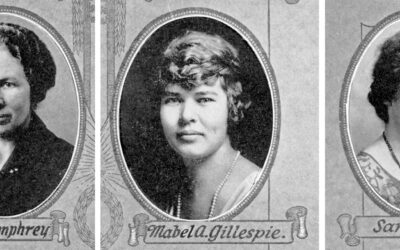In 1849 Charles Ben Darwin, a twenty-six-year-old attorney living with his wife and young son in Paris, Tennessee, fell victim to gold fever. In the early spring of that year he left his family and set out for the California mines. Darwin kept a vivid and detailed journal (now at the Huntington Library) during his trek across the continent. Entries from the Nebraska segment of Darwin’s trip, edited by Richard E. Jensen, appeared in the Summer 2004 issue of Nebraska History magazine.
Historian Merrill J. Mattes, who examined nearly seven hundred accounts of Overland Trail travel, gave the Darwin diary five stars, his highest rating, pointing out that the diary “contains much valuable information found nowhere else-particularly about Indians, fur trappers and traders.” On some occasions Darwin was captivated by an event or scene and wrote several pages of what Mattes described as “sheer pseudoromantic verbosity.” However, revealing insights into Darwin’s personality lie hidden in those sections of turgid prose. His love for his wife, Mary, and son, Charles, and a deep respect for Elvira Platt of Civil Bend, Iowa, who, with her husband, had been in Indian mission posts since 1843, are also clearly evident.
It is also clear Darwin was more interested in Native Americans than in his Euro-American companions on the trail. While he wrote paragraphs on the Indians he met (including the Pawnee and Sioux in the area that later became Nebraska Territory), the white Argonauts were usually dismissed with a phrase. His early remarks about Indians reflect some blatant racism, but as he became acquainted with some of them his attitude changed, and Darwin began to write with compassion and even with admiration.
Darwin arrived in Sacramento in September 1849. He soon gave up the search for gold and opened a short-lived law office in San Francisco. He returned home before settling in Burlington, Iowa, where he first taught school and then returned to law practice. Darwin worked with a commission to codify the laws of Iowa and served in the state’s House of Representatives. By 1868 he was living in Washington Territory, where he served for a time as a federal judge. He died near San Francisco in April or May 1901.



